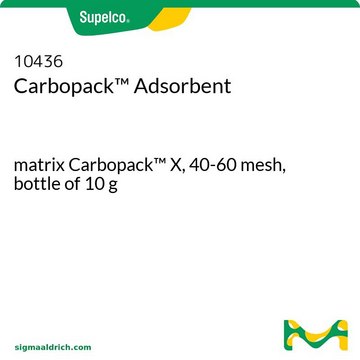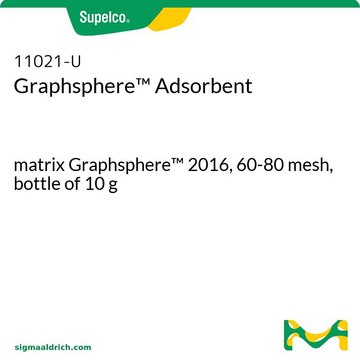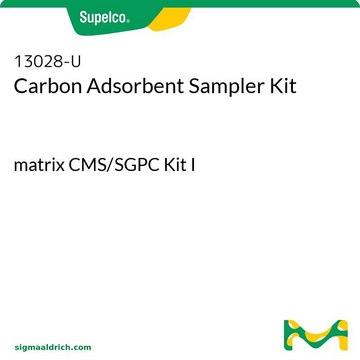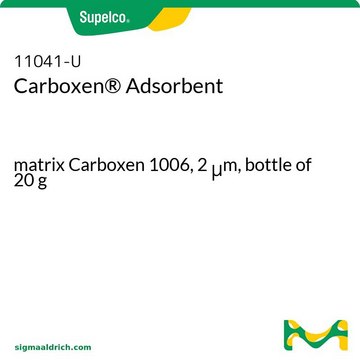454648
4-tert-Butylphthalic anhydride
95%
Select a Size
Select a Size
About This Item
Recommended Products
Assay
95%
form
powder, crystals or chunks
mp
70-75 °C (lit.)
application(s)
diagnostic assay manufacturing
hematology
histology
storage temp.
room temp
SMILES string
CC(C)(C)c1ccc2C(=O)OC(=O)c2c1
InChI
1S/C12H12O3/c1-12(2,3)7-4-5-8-9(6-7)11(14)15-10(8)13/h4-6H,1-3H3
InChI key
YLJYVKLZVHWUCT-UHFFFAOYSA-N
Related Categories
1 of 4
This Item | 11324-U | 10478-U | 11041-U |
|---|---|---|---|
| matrix active group carbon | matrix active group carbon | matrix active group carbon | matrix active group carbon |
| form powder | form powder | form powder | form powder |
| technique(s) LPLC: suitable | technique(s) LPLC: suitable | technique(s) LPLC: suitable | technique(s) LPLC: suitable |
| matrix Carboxen® 1000 | matrix Carboxen® 564 | matrix Carboxen® 1000 | matrix Carboxen 1006 |
| particle size 40-60 mesh | particle size 20-45 mesh | particle size 60-80 mesh | particle size 2 μm |
| separation technique reversed phase | separation technique reversed phase | separation technique reversed phase | separation technique reversed phase |
Application
Signal Word
Warning
Hazard Statements
Precautionary Statements
Hazard Classifications
Eye Irrit. 2 - Skin Irrit. 2 - STOT SE 3
Target Organs
Respiratory system
Storage Class Code
11 - Combustible Solids
WGK
WGK 3
Personal Protective Equipment
Choose from one of the most recent versions:
Already Own This Product?
Find documentation for the products that you have recently purchased in the Document Library.
Articles
Carbon Molecular sieves (CMS) are a versatile range of adsorbents that can be tailored for specific applications. Supelco® scientists have been synthesizing synthetic CMS carbons for several decades, starting from tailoring of the starting polymers/copolymers, to modifying the final properties of the subsequent CMS carbon.
Our team of scientists has experience in all areas of research including Life Science, Material Science, Chemical Synthesis, Chromatography, Analytical and many others.
Contact Technical Service











